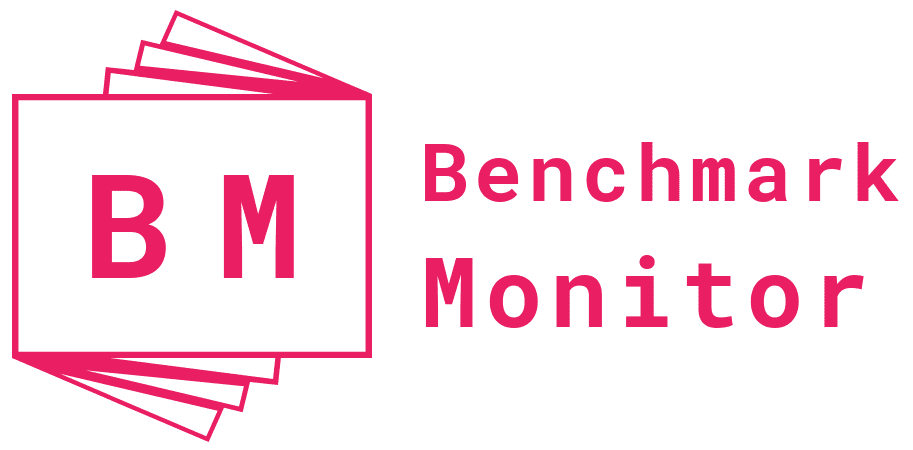

In the ever-evolving landscape of branding and design, logo fonts hold a special place as key elements that shape a brand’s identity and leave a lasting impression on consumers. The right logo font can encapsulate a brand’s essence, convey its personality, and differentiate it from competitors, making it an essential component of any successful branding strategy. In this blog post, we’ll delve into the intricacies of logo fonts, explore their significance in brand identity design, and provide insights into choosing and using them effectively.
- Understanding Logo Fonts: Logo fonts, often referred to as “logotype fonts,” are typefaces specifically designed or selected to represent a brand’s name or slogan in its logo. These fonts play a pivotal role in establishing brand identity, conveying brand personality, and creating a cohesive visual presence across various touchpoints and mediums. Logo fonts are carefully crafted or chosen to resonate with a brand’s values, aesthetics, and target audience, making them a crucial tool for designers and brand professionals.
- The Power of Logo Fonts in Brand Identity: The choice of logo font can significantly influence a brand’s perception, recognition, and overall success. Here’s why logo fonts are pivotal in shaping brand identity:
- Visual Representation: Logo fonts serve as a visual representation of a brand’s identity, encapsulating its personality, values, and positioning in the marketplace.
- Recognition and Recall: A distinctive and memorable logo font aids in brand recognition and recall, making it easier for consumers to identify and remember the brand amidst competitors.
- Consistency and Cohesion: A consistent use of logo fonts across all brand materials fosters brand cohesion, professionalism, and trustworthiness.
- Emotional Connection: Logo fonts help establish an emotional connection with consumers by conveying tone, mood, and emotion, enriching the brand’s communication and resonance.
- Choosing the Perfect Logo Font: Selecting the right logo font requires a thoughtful approach, considering various factors such as brand personality, target audience, and application. Here are some tips for choosing the perfect logo font:
- Align with Brand Personality: Determine the brand’s personality traits, such as modern, traditional, playful, or sophisticated, and select a logo font that embodies these characteristics.
- Prioritize Readability: Ensure the logo font is legible and readable across different sizes, mediums, and platforms to maintain clear communication and accessibility.
- Consider Versatility: Choose a versatile logo font that performs well across various applications, from digital platforms to print materials, ensuring flexibility and adaptability.
- Embrace Uniqueness: Opt for a logo font with distinctive features, flourishes, or customizations to create a unique and memorable brand identity.
- Evaluate Licensing and Compatibility: Review the logo font’s licensing terms, restrictions, and compatibility with design software to ensure compliance and seamless integration.
- Examples of Successful Logo Fonts: Numerous brands have successfully leveraged logo fonts to create iconic and recognizable brand identities. Here are some examples of brands with memorable logo fonts:
- Coca-Cola: The Coca-Cola logo features a distinctive, script-style font known as “Spencerian script,” which embodies the brand’s heritage, warmth, and classic appeal.
- Apple: Apple’s logo font, “Myriad,” is a modern and clean sans-serif typeface that reflects the brand’s commitment to simplicity, innovation, and elegance.
- Nike: Nike’s logo font, “Futura Bold,” is a bold and dynamic sans-serif typeface that conveys energy, movement, and forward-thinking, aligning perfectly with the brand’s ethos of inspiration and empowerment.
- Google: Google’s logo font, “Product Sans,” is a contemporary and friendly sans-serif typeface that reflects the brand’s approachability, innovation, and accessibility.
- Best Practices for Using Logo Fonts Effectively: To maximize the impact of your chosen logo font, consider the following best practices for effective usage:
- Maintain Consistency: Use the logo font consistently across all brand materials, including digital platforms, print materials, signage, and packaging, to reinforce brand identity and recognition.
- Pair with Complementary Fonts: Pair the logo font with complementary typefaces for headings, subheadings, and body text to create contrast, hierarchy, and visual interest.
- Test for Legibility: Test the logo font in various contexts, sizes, and mediums to ensure optimal legibility, readability, and visual harmony.
- Customize When Necessary: Consider customizing or modifying the logo font to create a unique and distinctive brand mark that stands out and resonates with consumers.
- Seek Feedback and Iterate: Gather feedback from stakeholders, target audiences, and design professionals to evaluate the logo font’s effectiveness and make necessary adjustments to enhance its impact and alignment with brand objectives.
- Conclusion: Logo fonts are integral components of successful brand identity design, offering a powerful means of expressing brand personality, values, and positioning. By understanding the significance of logo fonts, exploring different options, and applying best practices in selection and usage, designers and brand professionals can create compelling, cohesive, and effective brand identities that resonate with audiences and drive success.




